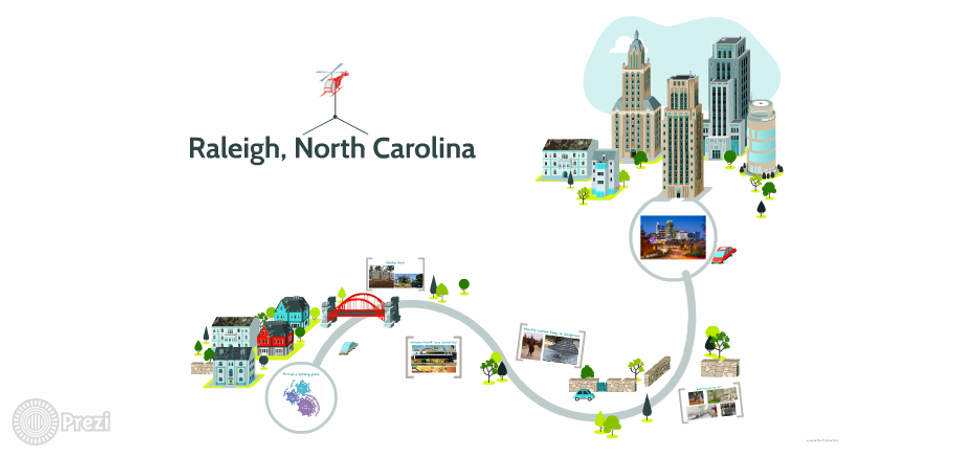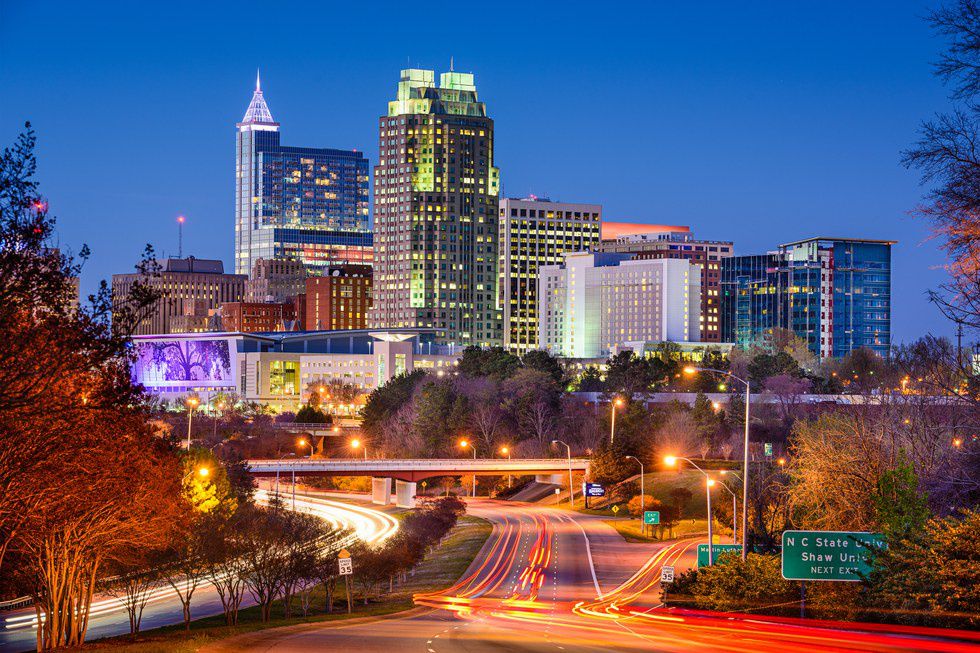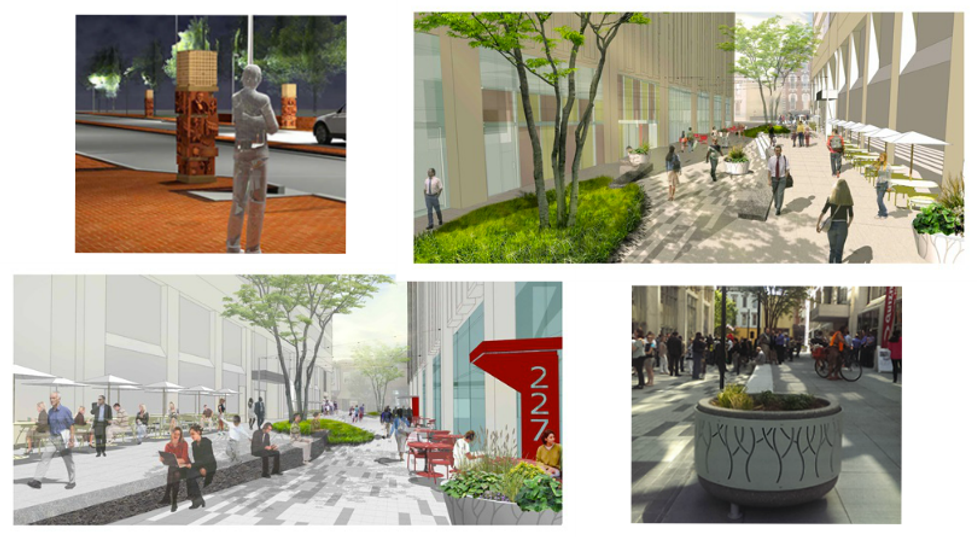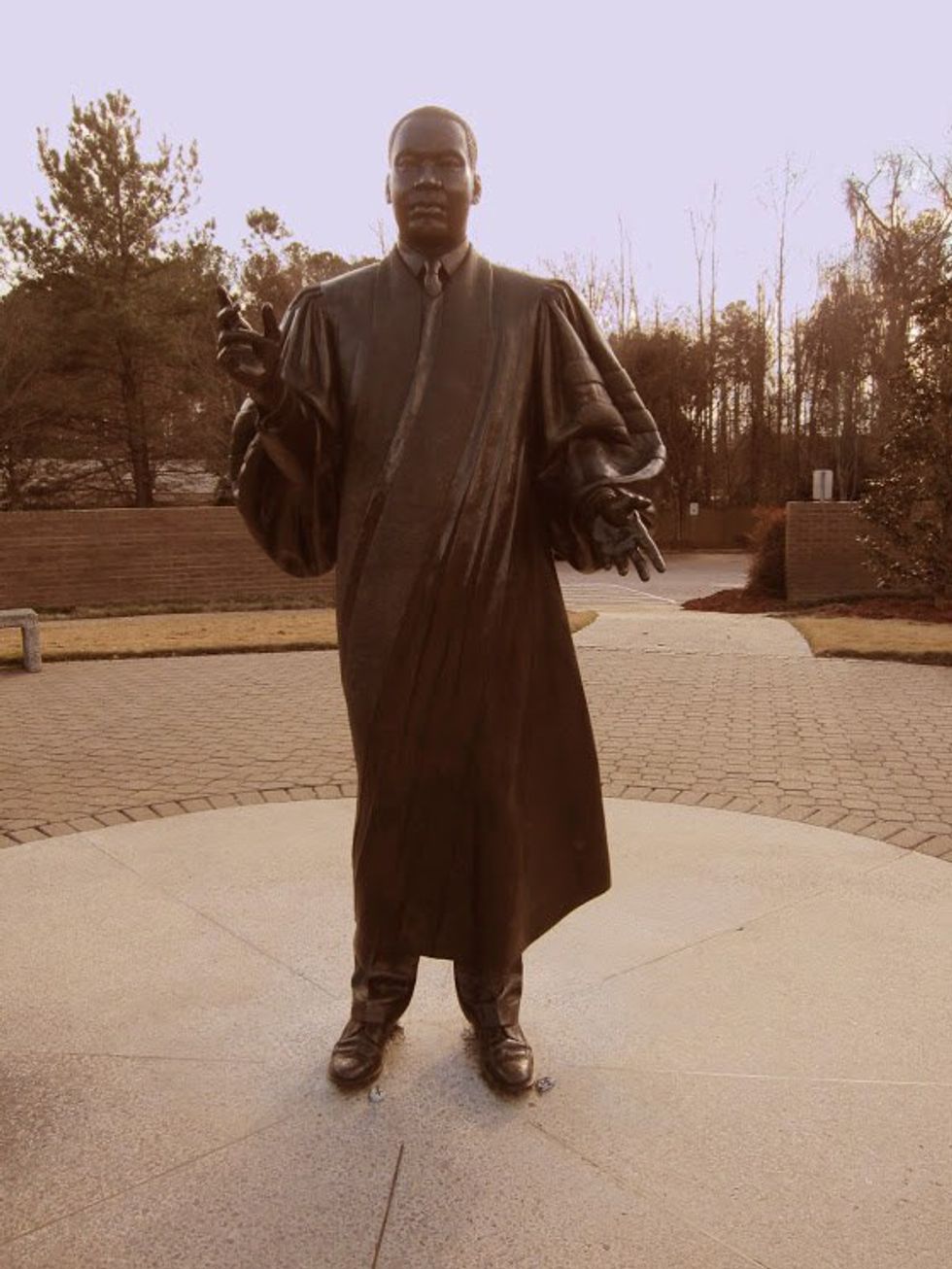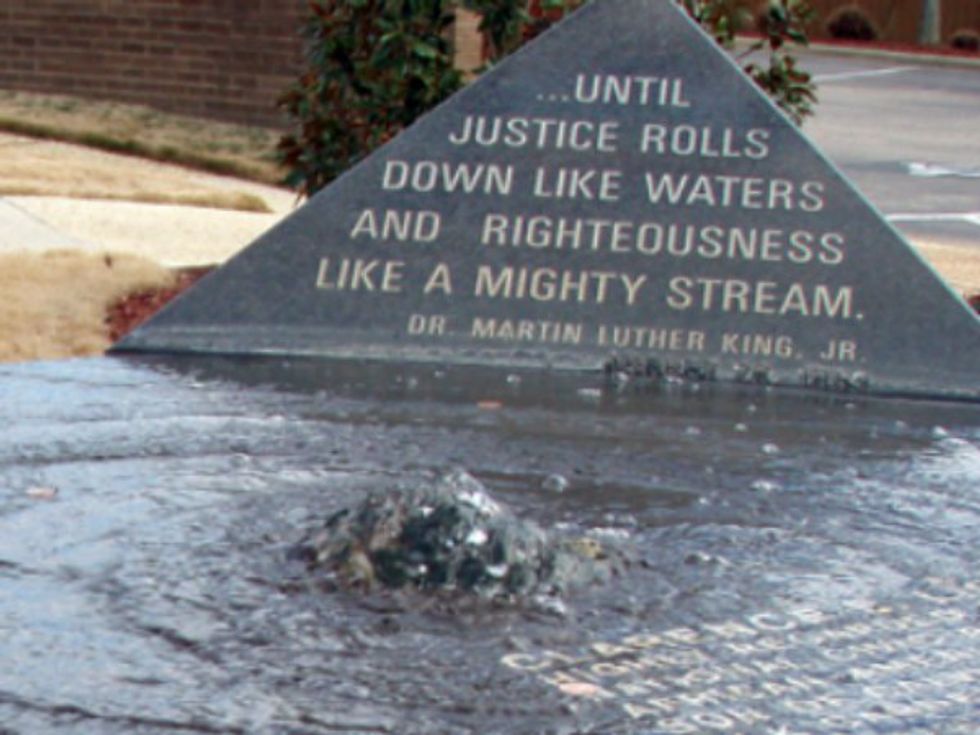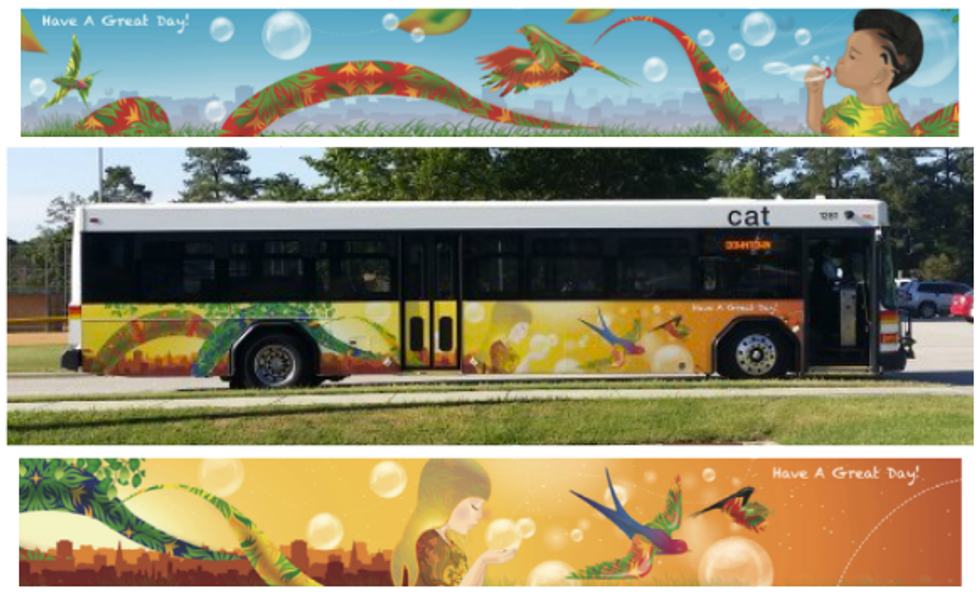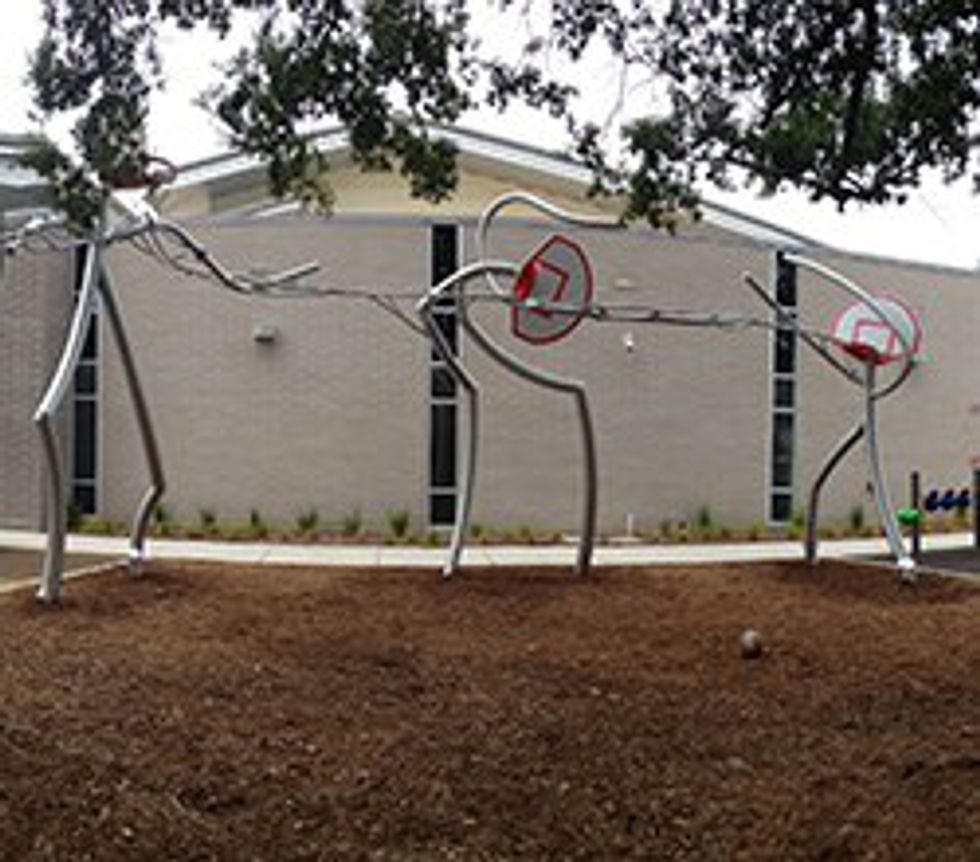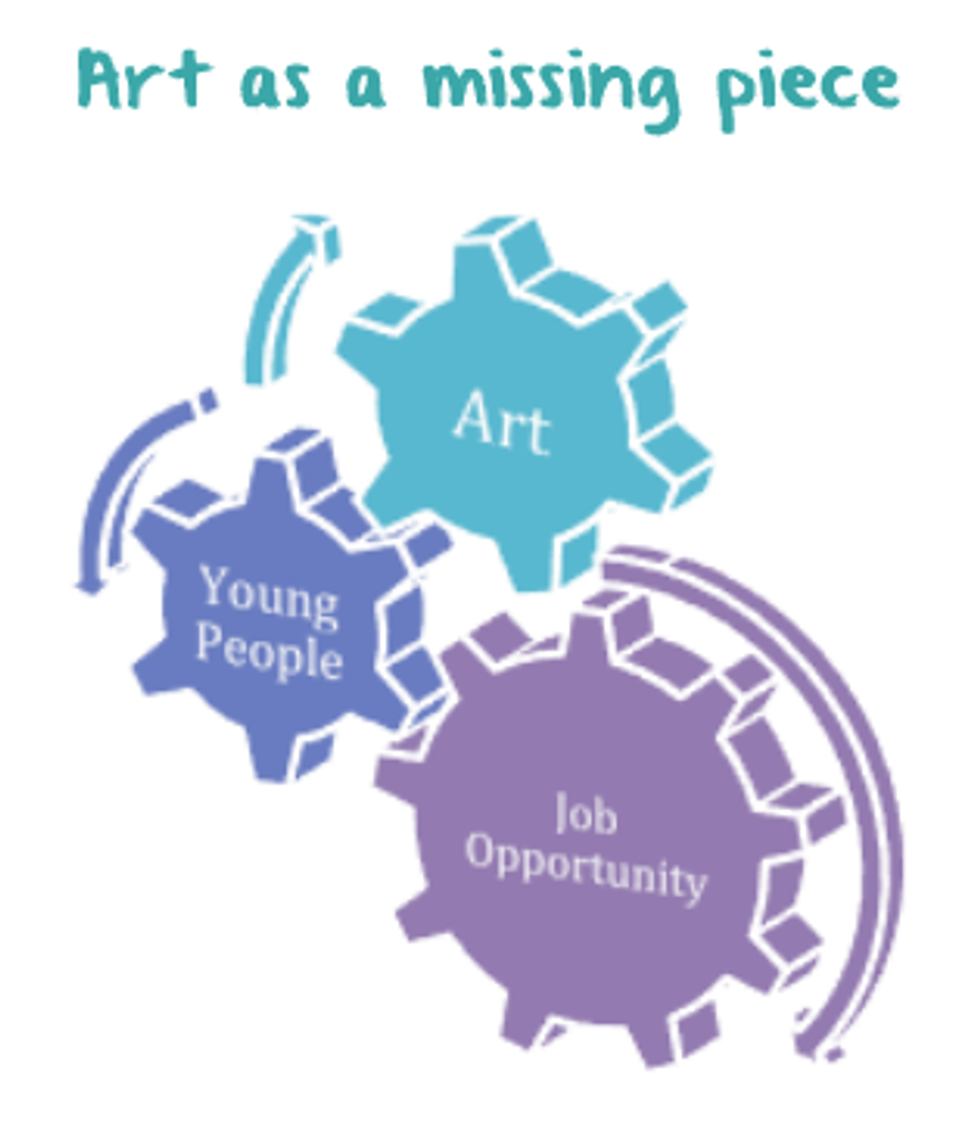This text is the transcript of a speech I recently gave on innovative city planning with an accompanying visual presentation, which can be viewed here:
Until moving to college I was born and raised in the same house in Los Angeles, and in a few weeks that will be the home that I return to after I finish my degree. Now, don’t get me wrong, LA is a mess. Our infrastructure is crumbling, with old pipes and roads often unattended to. Until Mayor Garcetti, our leadership was questionable, with ex-Mayor Villaraigosabreaking a number of campaign finance and disclosure laws (aka accepting money and amenities he should have declined). Traffic is almost incomprehensibly bad and made worse by construction attempts to alleviate it. Our education and public transit systems are overtaxed and underfunded. Gentrification is alive and well in our downtown area. And the suburban sprawl is real (although less-so than other major cities), leaving a plethora of ugly and non-walkable neighborhoods in its wake.
Despite all of this, I am looking forward to moving back there for one important reason: culture. I did not realize how much I took the cultural institutions and spaces readily available in the LA metropolis for granted until I moved away for college. I love Santa Cruz but I can’t make last minute decisions to go to an amazing concert or exhibit put on by important people in the arts without having to drive outside of the city, over to Oakland or San Francisco. The venues that were at my disposal at a young age helped me form my identity, providing me with spaces to meet new ideas and people, and eventually, spaces to enjoy the niche communities I came to be a part of.
This is not to say that the array of problems facing my hometown should not be addressed, but that having other outlets that stoked creativity and innovation amongst my fellow Angelenos made it easier to overlook the bad, and often times simply made living in the city worth it. It allows us to be fully formed humans who may be economic and political actors in need of reform, but also social and cultural actors in need of levity and exchange of ideas.
But there is an interventionist project that can be employed in order to address both halves of our personhood at once, melding the political and the cultural, and that is interventionist landscape design theory. In short, landscape design theory uses installation art in public spaces to address political and social problems facing the community in which the art is placed. Such art is intended to illicit reactions from the public moving through these spaces, turning the public arena into a site for discussion of important issues relevant to those who experience it daily. This plays off the idea of networks of interaction that happen in chance encounters in a city. This is far less costly and time-consuming than creating public art and cultural institutions in which elite biases shift the conversationaway from what is truly relevant in the community itself. Instead of wasting resources on such construction, these pieces simply bring snippets of the institutions outward, engaging the public even when they are not planning to be introspective or contemplative. In this way, one no longer has to go to successful establishments in order to overlook the bad of their city, or focus only on inciting political change; you can do both at once, highlighting the good in order to discuss the bad.
This brings us to the city of Raleigh, North Carolina, a well-off city on the East Coast (although questionably in the South, as well) that is primed for growth after its population doubled since 2000 and its median age fell almost 10 years below the state average.
But just how do they plan to instigate such growth? Well, by using interventionist art coupled with landscape design to celebrate their strong transportation systems and racially diverse community while still providing outlets for those struggling in a generally prosperous area. This allows them to capitalize on the economic opportunity in the city, enticing the wealth of young people in the region to settle down in a culturally relevant community and participate in the job market, while still attending to the needs those already living there, reflecting their experiences in the visuality of the city. This program is called Half Percent for Art, which puts a half percent tax on municipal construction to be redistributed amongst various artistic endeavors in the city. In this way, the artistic strength of the city flourishes in direct correlation with its physical growth.Their mission is "to create and integrate diverse artworks into Raleigh’s landscape in order to establish a vibrant visual environment that provides public places with civic distinction, as well as foster meaningful connections between people and place."
A multitude of projects have grown out of this program, each dedicated to a positive component of Raleigh infrastructure or demographics creating many works in many places for many people to see and enjoy.
So first, let’s look at an example of a less interventionist art piece created under the program, but one that innovates nonetheless on the traditional type of public art usually seen in United States landscape design—monumental sculpture. Such sculpture usual plays out in two ways: (1) statues of people who were relevant in the history of the city, or (2) large, hulking abstract pieces that loom in front of important buildings and centers. Often historical figures are problematic and large abstract art provides no context or dialogue unless one is literate in art historical discussions. But Raleigh has chosen to shift this pattern slightly with a sculpture of Martin Luther King, Jr.
This piece is important in its obvious relevance to a community which is 25% African American, since it was commissioned to commemorate the creation of an MLK memorial garden heralding the achievements of local and national leaders of change during the Civil Rights Movement.
The fact that the piece itself is public but also in an extended public space dedicated to contemplation and reverence only heightens its significance and the possibilities for inciting dialogue and resultant change amongst disparate populations (in other words, the white and black communities in Raleigh). The garden is historically significant in this creation of extended space as well, as it was the first public park in the U.S. solely devoted to Dr. King and the Civil Rights Movement, a large milestone south of the Mason-Dixon. This work is also importantdue to the individual commissioned to create the statue, who is a woman. This changes the narrative around who is creating art, which is often older white men (especially in the sculptural arts) and around whether the art created in public spaces is reflective of the people experiencing it and experiencing the city itself.
Next, there is the Half Percent for Artsub-projectArt on the Move, which highlights Raleigh’s bustling and modern public transport service that connects the urban with the suburban sprawl, including connecting the three main universities in the area: Duke University, North Carolina State University, and the University of North Carolina at Chapel Hill. This Research Triangle is mentioned in Bruce Katz and Jennifer Bradley's The Metropolitan Revolution and is helpful in explaining the sort of innovation taking place that makes Raleigh a site of great economic opportunity and already filled with a youthful culture. The city’s bus system GoRaleigh is the main and preferred transport method for students and the many citizens that use it to simply explore the institutions the city has to offer. There is also a direct line that goes to all the nearby macro citiesincluding Washington D.C., New York, and Philadelphia. In this way, buses have become a hotspot for people’s interaction, and thus the city has decided to capitalize on the success of this system by fitting their buses with an array of citizen-made art about their experiences with public transport. Through the project Art On The Move, a local father, Jermaine Powell, understands the importance of public transport for Raleigh’s citizens and sees its effects every day on his son, Jay. For many years the Powells took the bus to museums, parks, and restaurants, in which Jay was able to “see diversity and expand his imagination, along with gaining a sense of pride in where he lives.” This is all depicted in the piece that Powell created, which is called Jay’s Special Day and shows his son exploring and enjoying the resources of the city.
Jay now says he wants to attend a local university because he sees the many college students who take the GoRaleigh bus to class. Through investing in the things that work and thus innovating them, the city is able to promote its positive features in order to attract more students and young people to attend schools in the area and eventually remain in Raleigh rather than fleeing to nearby major cities after graduation.
Finally, we will look at Halifax Park, which is settled in a community that has historically been home to marginalized communities in the city. Halifax Park has always been an important public space for the people in the surrounding area, providing recreation, most often basketball. But since the Half Percent for Art ordinance was implemented, the park has been overhauled, now becoming a cultural and recreational center.
More basketball courts have been added, including indoor ones. A gym has been created that local people can join for a low flat rate for their entire family. There are office and meeting rooms for local business and personal work to be conducted, as well as a kitchen for those who need spaces to cook. The outdoor spaces of the park have also been renovated, with new play structures that are part art and part jungle gym. The must culturally relevant is called Hoops Playing Hoops by Chris Fennell, which used locally salvaged materials, like the old basketball hoops from the park, to create a large, climbable sculpture that allows kids to play on the visual historical foundations of their locality.
In this way, the Half Percent for Art funds are being used to revitalize an existing public space in a culturally relevant way. When some cities use funds to gentrify and get rid of the already existing communities to make way for a new and younger generation, Raleigh decided to capitalize on the unique experiences associated with this site and community. This park has also become home to any art created under the Half Percent for Art program that is not intended to be displayed in the landscape of the city. The permanent collection is homed here, creating a highly varied set of arts for display and interaction.
This brings us to the cogs.
As mentioned earlier, Raleigh was already poised for growth due to its young population from the universities and the successful job market in financial and biotech industries. But by investing in art in the city both of these already positive components become reinforced by one another. Art attracts more young people looking for their city to be a cultural hub, but also increases potential job opportunities in the area, growing the city’s art industry and again, attracting a more diverse group of young individuals to an increasingly diverse set of jobs. By focusing on things that already function well in the city by enhancing their visibility through art, investment is placed where the city already knows they’re successful, and sometimes hones in on communities that need to be served better.
In short, this project not only shows the impact that can be had by focusing on positive projects in the city rather than consistently corrective ones. But also shows the ability for local governments to efficiently implement policy even if it is in tension with politics at the state level. North Carolina is a great example of this because on a state level the have taken hardline stances on LGBTQ issues. And in two different CityLab articles in the past months, North Carolina has been cited as barring public access to police cam footage and threatening to withhold state funds from cities that refuse to comply with state anti-immigrant laws.
There is a lot of negative in this world at the moment, and if we can see the positive at the local level and use it to bring us together in community dialogue that seems like a big step in the right direction.




